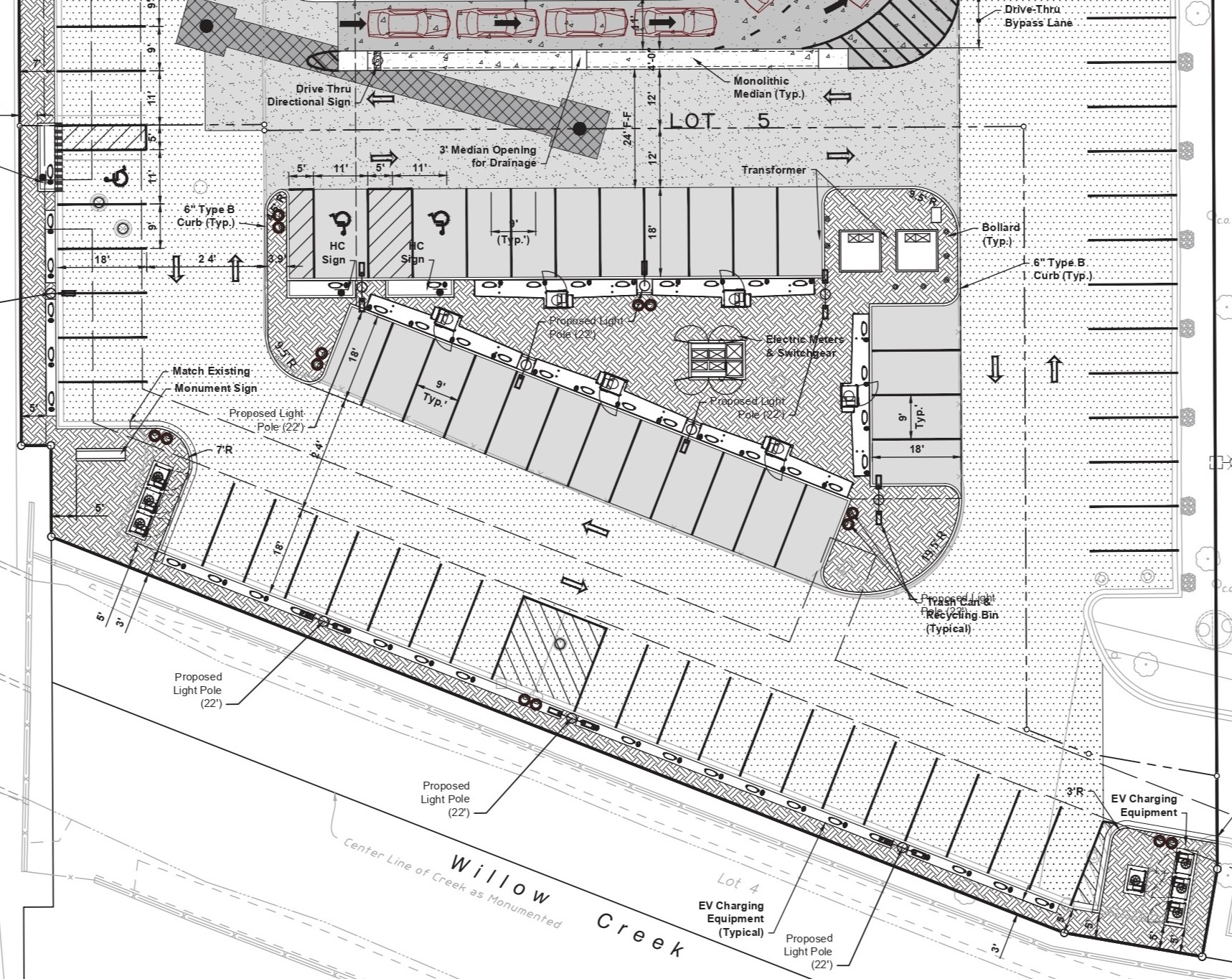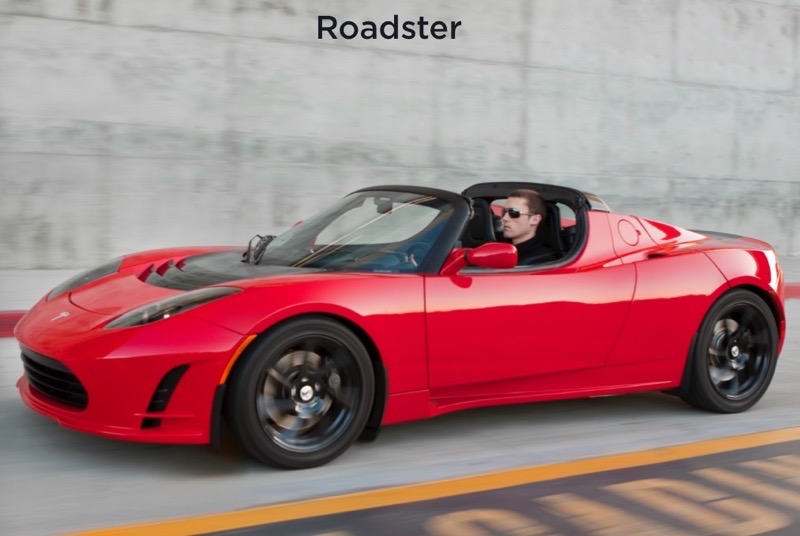
1,500+ Tesla Powerwall Users Have Enrolled into PG&E’s Virtual Power Plant

Tesla and Pacific Gas and Electric Company (PG&E) on Thursday announced that more than 1,500 Powerwall owners have already enrolled in their joint pilot program to create a massive virtual power plant (VPP) in California.
VPP resources are in customers’ homes or at their businesses (“behind-the-meter”) in the form of, but not limited to, smart thermostats, smart appliances, electric vehicles, and batteries. These resources are a flexible electric load that can be dispatched by the California Independent State Operator (CAISO), by PG&E, or by a third party.
The pair launched their Emergency Load Reduction Program (ELRP) a couple of weeks ago. Tesla sent out invites to 25,000 PG&E customers at the time, with over 3,000 customers expressing interest since then.
The joint initiative is designed to “help support electric grid reliability and save customers money.” Participating Powerwalls will be combined into a VPP, which can be called upon to supplement the supply to California’s power grid during times of high demand. Powerwall owners who sign up will earn $2 for every additional kWh they contribute to the grid.
“VPPs are a valuable resource for supporting grid reliability and an essential part of California’s clean energy future. Our customers’ home batteries offer a unique resource that can positively contribute to our state’s electric grid and will become more significant as our customers continue to adopt clean energy technology,” said Aaron August, Vice President of Business Development & Customer Engagement at PG&E.
“In collaborating with Tesla, we are further integrating behind-the-meter battery-based VPPs on the largest scale yet, helping to make customer resiliency technologies more accessible and continuing a long tradition at PG&E of actively integrating VPP resources into our energy supply portfolio.”
According to PG&E, if all eligible customers throughout Northern and Central California joined the program, the VPP would offer as much energy to the grid as a small power plant generates.
“Enabling Powerwall customers to support the grid and their community is a necessary and important part of accelerating the transition to sustainable energy,” said Drew Baglino, Senior Vice President of Powertrain and Energy Engineering at Tesla.
“We seek to partner with utilities and regulators everywhere to unlock the full potential of storage to bring more renewable, resilient, and less costly electricity to everyone.”
PG&E is no stranger to Tesla’s energy solutions. Earlier this year, 256 of the company’s Megapacks went online at PG&E’s Moss Landing, California, utility site. PG&E previously also partnered with Tesla rival General Motors to turn electric vehicles into backup power sources.

